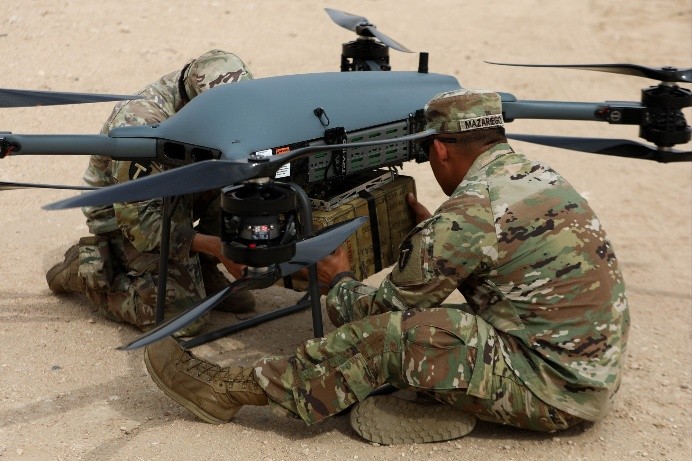CRG Defense has secured a $2 million U.S. Army contract to design and prototype a lightweight electric motor/generator system for hybrid-electric military vehicles. The effort supports a broader $17.25 million initiative to accelerate hybrid-electric propulsion technologies for next-generation ground and air platforms.

Photo: U.S. Army, Sgt. Alison Strout
Under the contract, CRG Defense will develop a 50-kilowatt-class permanent magnet machine optimized for high-voltage (400–800V) military systems. The system will be designed, sourced, and manufactured entirely in the United States.
“This is a clean-sheet design tailored to meet Army mission needs,” said Jake Monat, vice president of Innovation at CRG Defense. “We’re building domestic capacity for power-dense electric machines that begin with defense applications and scale into commercial opportunities.”
Few U.S. suppliers currently offer high-voltage, high-power electric motors suitable for military use. Most are either foreign-made or designed for low-voltage systems, creating strategic vulnerabilities in the defense supply chain.

Photo: U.S. Army, Sgt. Alison Strout
“This investment helps fill a critical industrial gap,” said Chris Hemmelgarn, Chief Technology Officer. “We’re looking to partner with system integrators and OEMs that need custom-built, American-made electric machines for air, land, or maritime platforms.”
CRG Defense brings nearly three decades of experience developing integrated power and propulsion systems, including batteries, power electronics, controls, and ducted fan technologies. This project builds on that foundation to deliver scalable, mission-ready solutions. The contract further strengthens Ohio’s role in defense electrification and high-tech manufacturing, aligning with regional efforts to attract investment and grow the industrial base for dual-use propulsion technologies.
